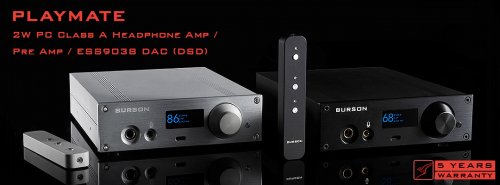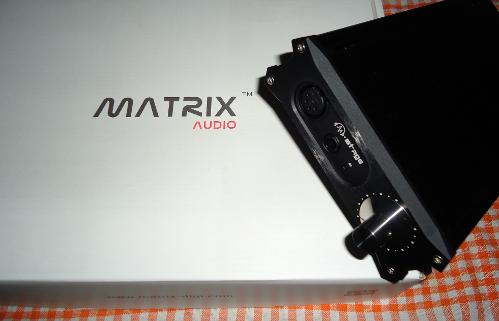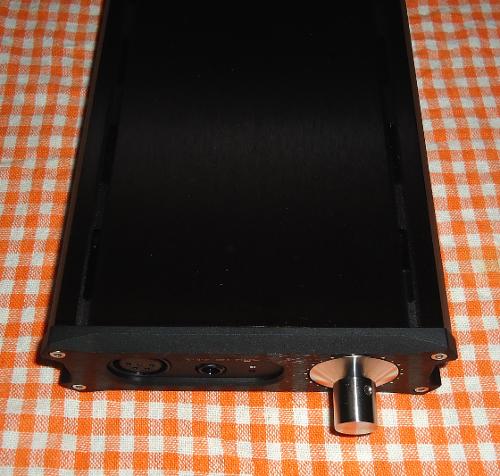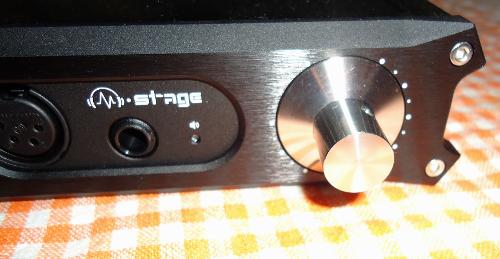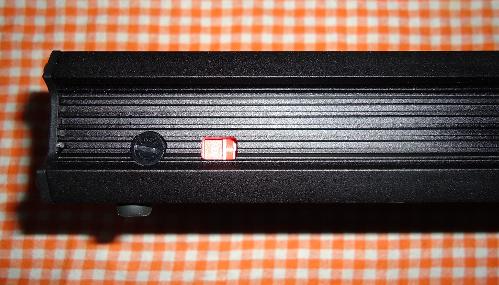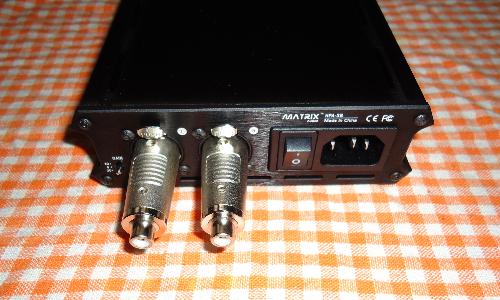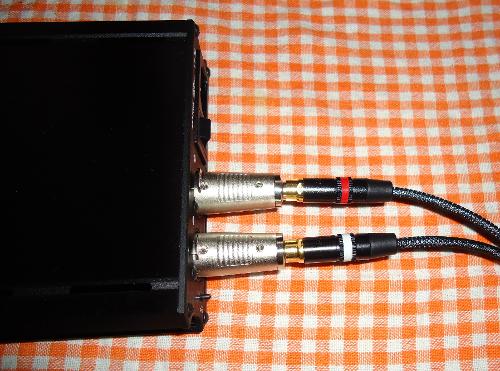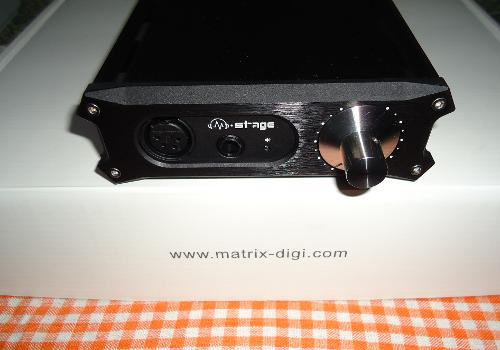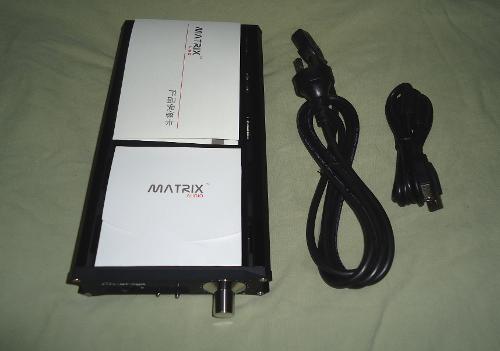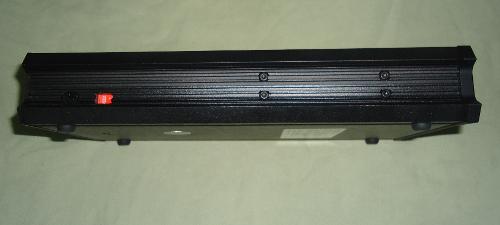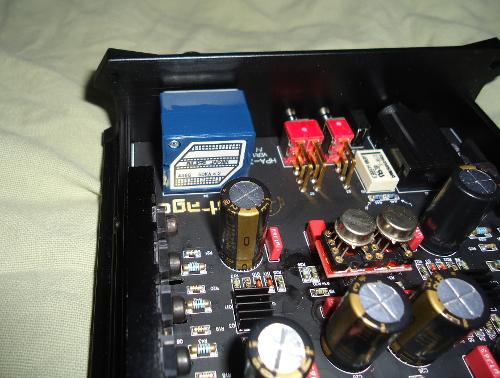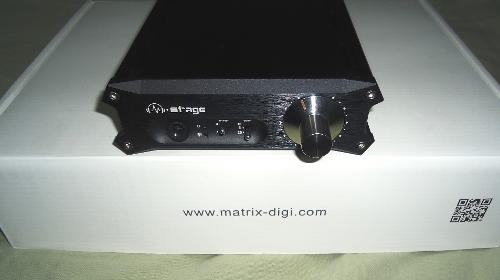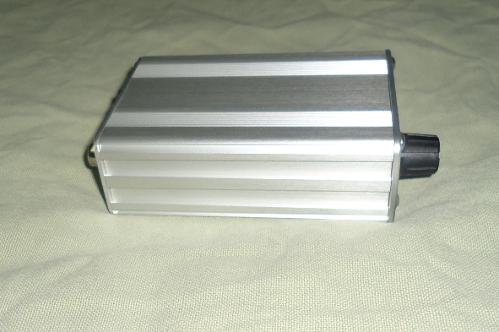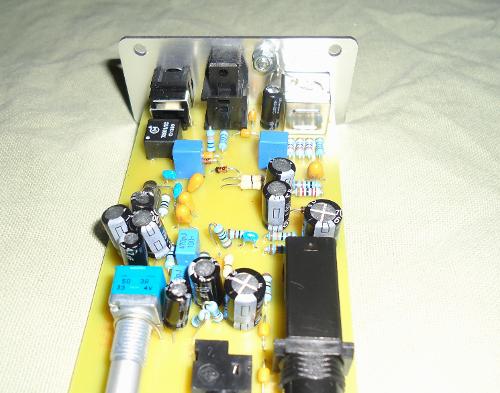Burson Audio is a well-known Australian brand who make amp’s and DAC’s. I came to know about them through their amp – Soloist, which was quite popular back in the day. Burson have recently releasing many budget friendly desktop devices recently, and Playmate is their latest offering. I’m posting my initial impressions on the same.
As always, I write my reviews to be understood by common public and not using overly technical terms. After all, Music should be enjoyable for all. After Burson Play which is an excellent value for the money amp/dac at 200$, ‘Playmate’ is a higher end ESS9038 Sabre powered 32bit/768khz DAC with a powerful class A headphone amplifier with 2 watts per channel power and is priced at 400$.

I really like Burson’s design philosophy when it comes to making amp’s. They always try to leave maximum customization at consumer’s end. For example - we can easily take off the top lid to access the circuit board and play around with the op-amps. One major advantage Playmate has for Gamers or those into serious PC building – The playmate can be fitted into CPU chassis just like a DVD writer, and a power cable is included in the box for motherboard connection. Playmate includes other modern features like OTG support, digitalized volume control, a mini display unit with hardware menu. A microphone input is given in the front, useful for Gamers.
Built quality is excellent. By build or design I don’t mean the simply smooth finished fancy CNC cases, but rather the components used or soldered the PCB quality, and the awesome power supply unit (PSU) quality, which has very low noise output – Burson calls it the MCPS and has 12V/5A rating.
Full specs are as follows:
Input impedance: 38 KOhms
Frequency response: ± 1 dB 0 – 35Khz
THD: <0.002%
Output impedance (Head Amp): <2 Ohm
Output impedance (Pre Out): 15 Ohm
Inputs: USB, Toslink
Outputs: RCA Pre-Amp / Headphone Jack
Power (Headphone Jack)
16 Ohm - 1.8W
32 Ohm - 2W
100 Ohm- 0.5W
150 Ohm - 3W
300 Ohm - 0.1W
DAC Spec
Channel Separation: 132dB@1KHz, 121dB@20KHz
Mobile OS: iOS & Android (OTG support)
PCM & DXD Support: PCM 32Bits/768kHz
Native DSD: Native DSD 64 / 128 / 256 / 512
DSD over PCM: DoP64 / DoP128 / DoP256
Playmate has a modern design, functional digital Menu option which includes
1) High/Low Gain – Most studio Headphones need high gain setting to run comfortably
2) Output: Headphones or Line – Line out is powerful 2vrms. Volume control enabled.
3) Jitter Elimination – Offers 3 settings Low/Mid/High, with 'Low' offers lowest jitter but risking unlocking the DAC.
4) Filters of ESS9038 – There are few hardware filters which slightly change the final sound signature.
As for the Sound Quality, I would say its very good, considering the price range of 400$. I remember few years ago when around that price, we could buy a modest mid-range amp/dac, but in recent months, I like the fact that manufacturers are getting more competitive and offer significantly more sound quality and features for the same given price range, with major improvements in semi-conductor design and implementation.

Playmate ships with 4x NE5532 by default, which kind of sound okay-ish, but definitely need swapping out. I tried out the old V5 and V5i op-amps I had with me, and the change they bring about in the sound quality is amazing. I have a lovely pair of K812 and they sound detailed, airy and transparent. There is absolutely no audible noise or distortion. I feel my K812’s are very well driven by playmate, thanks to the powerful amping. An amplifier should amplify the sound signals and deliver them to headphones without loss in transparency or sound quality, and the playmate excels!

The only thing I miss in the playmate would be the lack of balanced config, since it’s quite popular amongst audiophile and known that balanced setup offers better SQ, specifically the channel separation. There are quite few devices which offer balanced output around this price range. Overall, a very capable device, but I will try to unleash its full potential by getting my hands on the V6 op-amps. These are my initial impressions, will update on full review once I receive the V6 op-amps.
As always, I write my reviews to be understood by common public and not using overly technical terms. After all, Music should be enjoyable for all. After Burson Play which is an excellent value for the money amp/dac at 200$, ‘Playmate’ is a higher end ESS9038 Sabre powered 32bit/768khz DAC with a powerful class A headphone amplifier with 2 watts per channel power and is priced at 400$.

I really like Burson’s design philosophy when it comes to making amp’s. They always try to leave maximum customization at consumer’s end. For example - we can easily take off the top lid to access the circuit board and play around with the op-amps. One major advantage Playmate has for Gamers or those into serious PC building – The playmate can be fitted into CPU chassis just like a DVD writer, and a power cable is included in the box for motherboard connection. Playmate includes other modern features like OTG support, digitalized volume control, a mini display unit with hardware menu. A microphone input is given in the front, useful for Gamers.
Built quality is excellent. By build or design I don’t mean the simply smooth finished fancy CNC cases, but rather the components used or soldered the PCB quality, and the awesome power supply unit (PSU) quality, which has very low noise output – Burson calls it the MCPS and has 12V/5A rating.
Full specs are as follows:
Input impedance: 38 KOhms
Frequency response: ± 1 dB 0 – 35Khz
THD: <0.002%
Output impedance (Head Amp): <2 Ohm
Output impedance (Pre Out): 15 Ohm
Inputs: USB, Toslink
Outputs: RCA Pre-Amp / Headphone Jack
Power (Headphone Jack)
16 Ohm - 1.8W
32 Ohm - 2W
100 Ohm- 0.5W
150 Ohm - 3W
300 Ohm - 0.1W
DAC Spec
Channel Separation: 132dB@1KHz, 121dB@20KHz
Mobile OS: iOS & Android (OTG support)
PCM & DXD Support: PCM 32Bits/768kHz
Native DSD: Native DSD 64 / 128 / 256 / 512
DSD over PCM: DoP64 / DoP128 / DoP256
Playmate has a modern design, functional digital Menu option which includes
1) High/Low Gain – Most studio Headphones need high gain setting to run comfortably
2) Output: Headphones or Line – Line out is powerful 2vrms. Volume control enabled.
3) Jitter Elimination – Offers 3 settings Low/Mid/High, with 'Low' offers lowest jitter but risking unlocking the DAC.
4) Filters of ESS9038 – There are few hardware filters which slightly change the final sound signature.
- BRICKWALL - Maximum flat response.
- CMFR - Corrected minimum phase fast roll off.
- RESERVED - Reserved for future updates.
- AP FAST (default)
- MP SLOW - Minimum phase slow roll off.
- MP FAST - Minimum phase fast roll off.
- LP SLOW - Linear slow roll off.
- LP FAST - Linear fast roll off
As for the Sound Quality, I would say its very good, considering the price range of 400$. I remember few years ago when around that price, we could buy a modest mid-range amp/dac, but in recent months, I like the fact that manufacturers are getting more competitive and offer significantly more sound quality and features for the same given price range, with major improvements in semi-conductor design and implementation.

Playmate ships with 4x NE5532 by default, which kind of sound okay-ish, but definitely need swapping out. I tried out the old V5 and V5i op-amps I had with me, and the change they bring about in the sound quality is amazing. I have a lovely pair of K812 and they sound detailed, airy and transparent. There is absolutely no audible noise or distortion. I feel my K812’s are very well driven by playmate, thanks to the powerful amping. An amplifier should amplify the sound signals and deliver them to headphones without loss in transparency or sound quality, and the playmate excels!

The only thing I miss in the playmate would be the lack of balanced config, since it’s quite popular amongst audiophile and known that balanced setup offers better SQ, specifically the channel separation. There are quite few devices which offer balanced output around this price range. Overall, a very capable device, but I will try to unleash its full potential by getting my hands on the V6 op-amps. These are my initial impressions, will update on full review once I receive the V6 op-amps.

